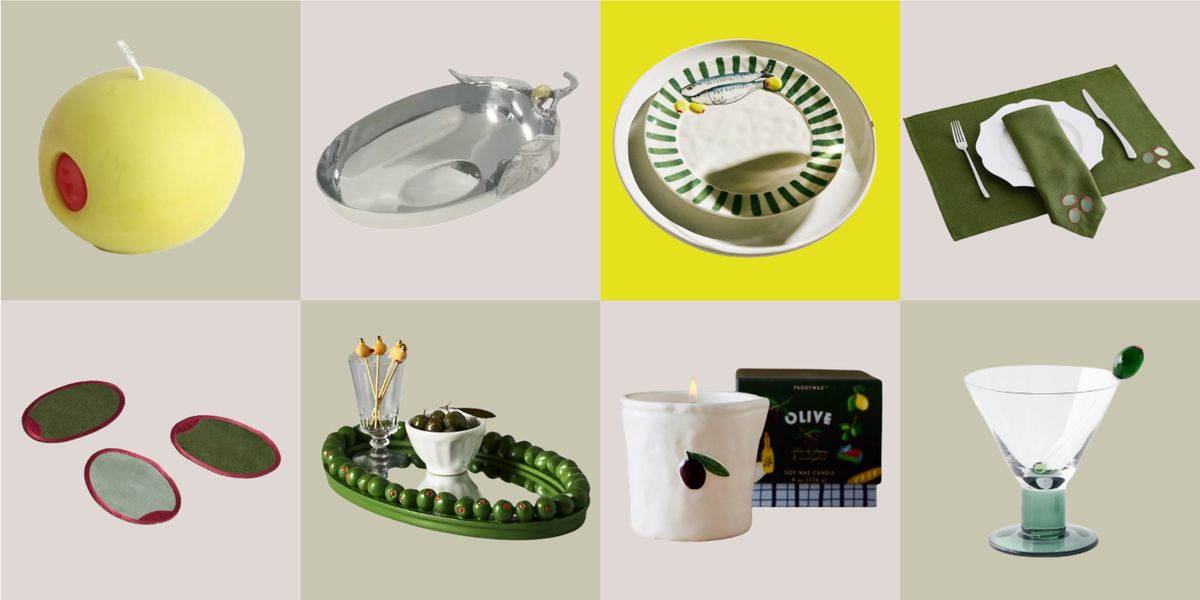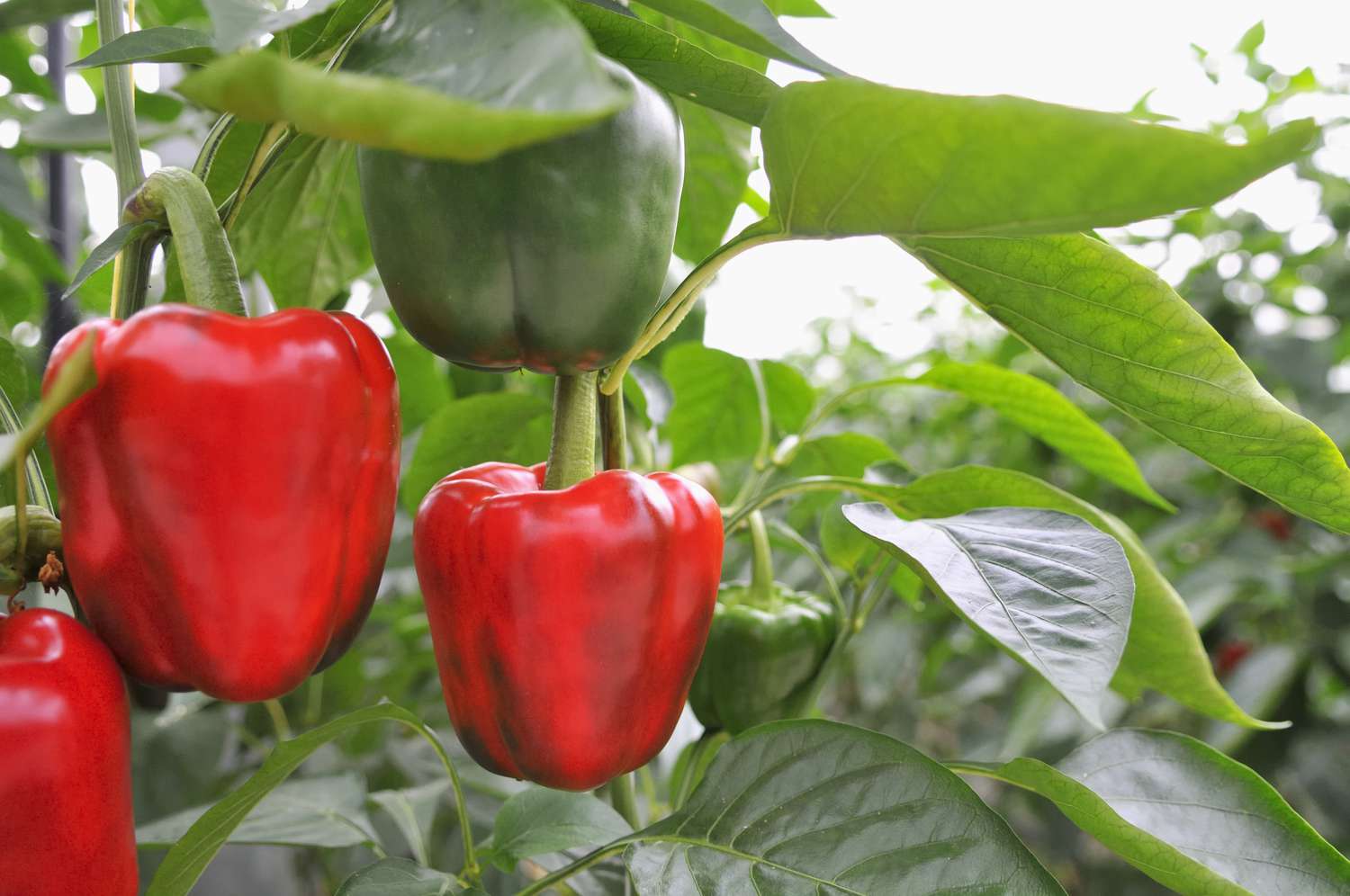2025 Food Trends You’re About to See Everywhere
:max_bytes(150000):strip_icc():format(jpeg)/KH_033122_HotNSpicy0327-a13ffe547dba447984b6176b0d6b55d2.gif)
Once upon a time, annual food trend recaps were frequent enough to keep pace with highlighting what’s new and next in the culinary world. But since the introduction—and widespread use of—social media, it’s easier than ever to share and spread new ideas. As a result, we see trends come and go at a quick clip. Flash back to 2021, for instance, and we saw baked feta pasta, corn ribs, salmon rice bowls, pasta chips, nature cereal, baked oats, pesto eggs, and more all go viral within the same 12 months.
As a result, we still keep up with our annual food trend reports (walk down memory lane for 2023 and 2024 here), but also like to forecast the food and drink trends seasonally—and maybe set a few ourselves. Case in point: Earlier this year, we gave you the inside scoop about the drink of summer, the buzziest fall baking trends, and the biggest Christmas cookie trends of the year.
If you prefer to peek into the crystal ball for a full trip around the sun, you’ve come to the right place. We scoured more than a dozen food and drink trend reports and spoke to six industry experts to help distill the biggest food trends that we think will be huge throughout 2025.
- Andrew Freeman, the San Francisco, California-based founder of the boutique marketing and public relations firm af&co. and the co-founder of creative agency Carbonate. (Freeman and teammate Leith Steel join forces to create the brands’ yearly hospitality trend reports.)
- Meghan Sedivy, RD, LDN, and health and well-being program manager at Fresh Thyme Market in Chicago, Illinois
- Cathy Strange, an Austin, Texas-based ambassador of food culture and member of Whole Foods Market’s Trends Council
- Jenny Zegler, the Chicago, Illinois-based director of food and drink for the global market research company Mintel
7 Food Trends That Will Dominate in 2025, According to Experts
Specific recipe trends will surely flow through social media throughout 2025, but these overarching trends will likely set the tone for what’s cool and crave-worthy, the experts we spoke to confirm.
Protein Powerhouses
With each passing month, more research is released that backs up the importance of a balanced diet—a concept we’ve known to be true for decades—but a diet that includes enough of one powerful macronutrient in particular: protein. It’s no wonder that Kroeger, Whole Foods Market, Fresh Thyme Market, and the marketing and public relations firm af&co. all prophesize that protein will dominate in 2025.
The other two macros—carbs and fat—are crucial too, but protein earns bonus points for being the most satisfying of all macronutrients and for being a boon for our bodies; inside and out. Protein is made of amino acid building blocks that are involved in the growth and maintenance of every tissue and structure within the body, including muscles, bones, skin, nails, and hair.
So how much is enough? Individual needs vary, but dietitians BHG has spoken to recently generally recommend about 1 gram of protein per pound of body weight, spread fairly evenly throughout the day.
“We’ve found that 56% of U.S. consumers know the benefits of protein for their health,” says Jenny Zegler, the Chicago, Illinois-based director of food and drink for the global market research company Mintel. “This awareness has made protein an enduring trend that consumers gravitate toward because protein is nutritious, filling, and available in a variety of foods and drinks.”
Rahul Roy, senior retail insights manager at SPINS in Chicago, Illinois (a retail data and intelligence provider that helped Fresh Thyme Market compile their 2025 food trends) explains that several new-to-the-scene products nod to this shift, including brownies with added protein (Prime Bites), protein-packed chips (Legendary Foods), protein-rich cereals (Seven Sundays), and high-protein bread (Equii Power). But above all, Whole Foods Market’s 10th annual food trend forecast for 2025 suggests that consumers will be seeking out high-protein foods that go past powders and bars. Think: Even more cottage cheese, skyrocketing sales of Skyr, bonus bone broth and jerky options, as well as quick and easy protein options to add to snacks and meals, such as smoked salmon cubes (365 by Whole Foods Market Hot Smoked Atlantic Salmon Snack Cubes) or pre-cooked chicken bites.
In the restaurant space, chefs are meeting this need with menu options like Turkish eggs (over a bed of chili oil-topped yogurt) and chickpea fries, according to the af&co. 17th annual hospitality trends report.
“These dishes that feel indulgent without being pretentious, and they’re both relatively high in protein,” adds Andrew Freeman, the San Francisco, California-based founder of the boutique marketing and public relations firm af&co. and the co-founder of creative agency Carbonate.
High-Low Pairings
Caviar-topped potato tots. Scoops of ice cream topped with gold leaf or Champagne mousse. A salad crafted by a James Beard Award-winning chef garnished with salt and vinegar potato chips. Don’t expect the trend of casual-meets-classy to slow any time soon, the food science company IFT says in their 2025 outlook.
“High-low duos are always popular, especially in times of change. This was a trend after 2001, and again in ‘08. It’s not surprising that we’re seeing this again in 2024 and 2025 after a period of high inflation and other changes,” Freeman explains. “High-Low pairings feel both indulgent and a bit nostalgic so they offer comfort. They also provide a sense of fun frivolity, which has its own appeal.”
Instead of stiff and sometimes stuffy vibes, several tasting menu restaurants have shifted to lower price points; often set to a soundtrack of rock-and-roll, soul, or R&B music. The food will still be high end, but the atmosphere will be low-key. Or maybe you swing by the exclusive, hard-to-snag-a-reservation restaurant to enjoy a snack or two at the bar for happy hour, then head home for dinner.
Home is also where you’ll find a resurgence of all things high-low. Instead of meeting friends for dinner at a restaurant, groups might gather in one abode and share little luxuries like truffles or oysters in their own kitchen rather than paying a higher price to enjoy them out on the town.
“As society becomes more casual, more people are not only accepting, but celebrating their imperfections. Mintel research finds that 40% of US consumers enjoy breaking the rules when it comes to what they eat or drink, such as eating breakfast foods at night,” Zegler says. (Waffles with candied pork belly, anyone?) “In a time of high cost of living, it’s more acceptable to boast about the ingenuity and pleasure of combining an everyday item with an accent of something premium, rather than sharing an over-the-top, high-price-tag indulgence.”
Global Snacks
Our top Thanksgiving food trend of 2024 was global flavors, and this international inclination will continue to boom in 2025, the Specialty Food Association and Fresh Thyme Market pros predict. You’ll notice global flavors really making a splash in the snack aisle, Whole Foods Market experts add.
From spiced yogurts (Sosi’s Spinach Jalapeno Armenian Yogurt Dip) to flavor-infused popcorns (Tamalitoz by Sugarox Palomitaz Churros and Chocolate Caliente Popcorn) to full restaurants that specialize in customizable packaged ramen (K-Ramyun in Cedar Park, Texas), Cathy Strange, an Austin, Texas-based ambassador of food culture and member of Whole Foods Market’s Trends Council believes that snacks are particularly prime for introducing in flavors. That’s because they can use a familiar or nostalgic vehicle—say, chips, candy, or nuts—and mash that up with the spices and sauces that speak to a place. On packaging or menus, the brands can tell more about their own unique cultural stories and why these creations speak to their backgrounds.
“Individuals are merging and blending cultures. International snacking is just getting started,” Strange tells BHG.
Tastewise, an AI company that partners with food and beverage companies, released a trend report revealing the top 10 consumption trends for the culinary industry in 2025 and they anticipate that tangy and bold black lime condiments will gain steam. And in the coffee space, Hawaij (a warm and cozy Yemeni spice blend of ginger, cardamom, cinnamon and cloves) might just step in for pumpkin spice.
This shift is partially spurred on by the fact that “Gen Z is the most diverse generation we have ever seen. They are growing up in a global world, and have been exposed to many more cross-cultural influences in their lives than prior generations,” Freeman explains. As 2024 cookbooks like Chinese Enough, AfriCali, Amrikan, and Breaking Bao exemplify, “many chefs are cooking from their personal experiences, not just their main ethnicity,” Freeman continues. “We all now are familiar with, have access to, and have fallen in love with global ingredients, so it is more and more common to see flavors from multiple disparate cultures in one dish.“
Carson Downing
Celebrating the Crunch Factor
As desserts like crème brûlée and those pleasant crunchy flecks in aged cheeses (technically called “tyrosine crystals”) prove, a crunchy element in an otherwise smooth dish is nothing new.
Still, kindled by BHG pal, trend-setter, and self-proclaimed “texture person” Justine Doiron, as well as by viral crispy trends like the Dubai chocolate bar, crunchy elements are showing up in even more unexpected places. (Take Doiron’s new cauliflower orzo recipe, for example. It’s good as-is, but once you add the “shatter-top” Parmesan crisp, it’s utterly irresistible.) Whole Foods Market and af&co. agree that crunchy foods will be in fashion in 2025.
“The crunch factor tends to awaken your palate and lets you feel all the nuance of flavors. Roasted chickpeas on salads, freeze-dried fruits, and dehydrated candies are a few of many examples,” Strange says.
Watch for chili crisp to get even crispier, cannoli to go sweet and savory, and crunchy-topped conchas to show up in unexpected places, like as the base of a chopped cheese sandwich.
The crunch in the viral Dubai chocolate bar is knafeh: af&co.’s dessert of the year. Freeman predicts we’ll see this sweet Middle Eastern crispy shredded phyllo treat as a topping for ice cream sundaes, waffles, and cakes because “who doesn’t love crunch?”
Sustainability, Reframed
When experts at Mintel, Fresh Thyme, Tastewise, and Whole Foods Market look ahead to 2025, they all see increased interest in—and dedication to—sustainability on the producer, retailer, and consumer side.
Nearly four in 10 (37%) American consumers believe that it’s important to shop for sustainable food and beverages, per Mintel data, compared with 15% who think it’s important to shop for sustainable fashion or apparel. And these purchase decisions don’t just relate to what’s inside the package.
Whole Foods is one of many international supermarkets who signed on to the Sustainable Wine Roundtable (SWR)’s Bottle Weight Accord. Each member took a vow to reduce the average wine bottle weight they sell by 25 percent by the end of 2026. (In case you missed it, our friends at Food & Wine report that bottle weight accounts for one-third to one-half of wine’s total carbon footprint.)
Brands are packaging more in compostable vessels as well, and we expect more retailers to follow Aldi’s lead and switch to paper (aka recyclable) bags only, rather than offering a choice of paper or plastic.
Going beyond organic, the next generation of sustainability-minded farmers and ranchers are aiming to be regenerative; meaning they focus on restoring the soil and the land in ways that increase biodiversity and may help slow or even reverse climate change. (Hat tips to the rice brand Lundberg Family Farms and the meat purveyors at REP Provisions for helping lead the charge in this space.)
Tastewise predicts that more consumers are craving accountability and transparency from the products they buy—and more than half of us (55%) are willing to pay more for items that have less of an environmental impact. Since this is the case, we expect a growing number of brands to use their dedication to Mother Nature as a selling point. Bank on brands to start adding climate-related label details (such as certifications from companies like Carbon Trust and Carbon Neutral) to their products if they qualify.
Functional Foods
A growing number of Americans aren’t just eating for pleasure or fuel; they’re eating for the benefits that could come from each bite. This is likely caused by a variety of forces, including increased access to research about nutrition, an aging population, Gen Z’s new holistic definition of health, and the fact that about 1 in 8 Americans have at least tried a GLP-1 drug (which means that it’s more important to make the most of every calorie).
These days, the most popular “better for you” foods aren’t centered around being low in calories or carbs. Mintel, Fresh Thyme, Tastewise, and Whole Foods all point to the fact that the 2025 “health foods” will be rooted in functionality, meaning bites and sips that support gut health metabolism, cognition, the immune system, energy, menopause symptom relief, and more.
Experts anticipate that everything adaptogens, mood-enhancing botanicals, vitamins, minerals, healthy fats, fiber, nootropics, and beyond will soon be found in everything from chocolates and protein bars to oats and sparkling teas, per the Speciality Food Association’s 2024 to 2025 State of the Specialty Food Industry report.
Jacob Fox
Dialing Back on Sweetness
Word is getting out that high amounts of sugar isn’t so sweet for your body. The trending team at IFT confirms that 65% of U.S. consumers would prefer less sweet foods and drinks, and reducing sugar intake is the top dietary priority in America.
This doesn’t mean the pendulum is swinging to an equal amount of artificial sweeteners, though. Danny Banas, retail insights manager at SPINS tells BHG that diners “are moving away from artificial sweeteners like saccharin, aspartame, and sucralose, showing a strong preference for natural alternatives like agave nectar and date sugar. There is also moderate growth in low- or no-calorie sweeteners like monk fruit and stevia, offering natural options for those aiming to reduce sugar intake.”
We recently reported about the fact that dates—the fruit, not just sugar made from them—are on many folks’ go-to snack list right now due to their natural sweetness, mineral content, and connection to lower blood pressure and bad cholesterol levels.
“Dates also contain fiber, which counteracts the natural sugar allowing the sugar to slowly be absorbed and helping to prevent spikes in blood sugar followed by quick crashes,” says Meghan Sedivy, RD, LDN, and health and well-being program manager at Fresh Thyme Market in Chicago, Illinois. “In addition to their sweetness, you might also recognize a hint of caramel flavor, making them a perfect filling for cookies, cakes, and even brownies.”
Other subtly-sweet ingredients like extracts (vanilla, almond, and maple all land as sweet on the palate), applesauce, bananas, and figs should all become even more accessible at the supermarket and more prominent in cookbooks, magazines, and viral social media recipes.
Credits
- Danny Banas, retail insights manager at SPINS in Chicago, Illinois
- Rahul Roy, senior retail insights manager at SPINS in Chicago, Illinois










